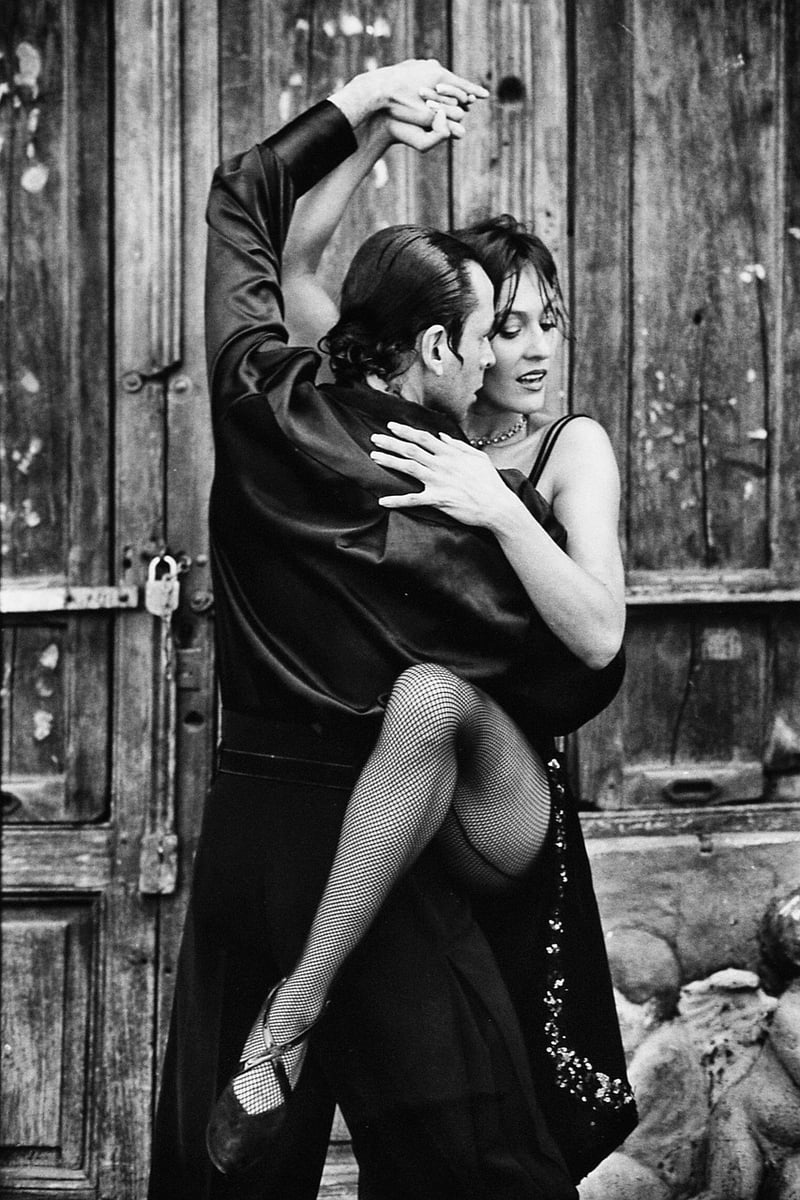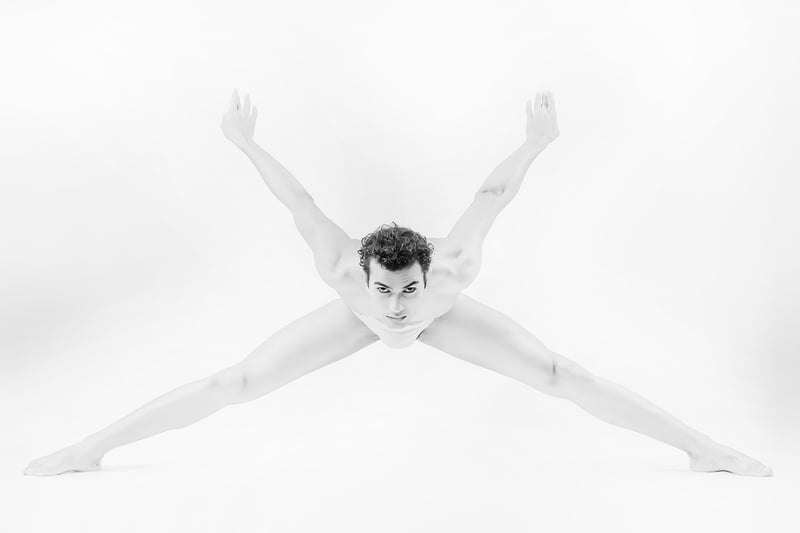Contemporary Dance
The Art of Expressive Movement in Contemporary Dance
Contemporary dance is a dynamic and expressive form of art that pushes the boundaries of traditional dance styles. It combines elements of various dance genres, including ballet, jazz, and modern dance, to create a unique and innovative movement vocabulary. One of the key aspects that sets contemporary dance apart is the emphasis on expressive movement.
What is Expressive Movement?
Expressive movement in contemporary dance is about conveying emotions, stories, and ideas through physical gestures and movements. Dancers use their bodies as a means of expression, communicating complex feelings and narratives without the need for words. This form of dance allows for a deep exploration of human emotions and experiences, making it a powerful and evocative art form.
The Importance of Expressive Movement
Expressive movement adds depth and meaning to contemporary dance performances. It allows dancers to connect with audiences on a visceral level, eliciting emotional responses and creating a profound impact. Through expressive movement, dancers can convey a wide range of emotions, from joy and love to sadness and anger, creating a rich tapestry of human experience.
Techniques for Expressive Movement
There are several techniques that dancers use to enhance their expressive movement capabilities:
- Body Awareness: Dancers focus on being fully present in their bodies, understanding how each movement affects their physical and emotional state.
- Facial Expressions: Utilizing facial expressions to convey emotions and connect with the audience on a more intimate level.
- Use of Space: Moving dynamically through space to create visual interest and convey a sense of freedom or constraint.
- Gesture and Posture: Employing specific gestures and postures to communicate specific emotions or ideas.
Expressive Movement in Practice
Contemporary dance performances often feature powerful examples of expressive movement. Dancers seamlessly blend technical precision with emotional depth, creating captivating and memorable moments on stage. Through their movements, they invite audiences to experience a range of emotions and perspectives, fostering a deep connection between performer and viewer.

Conclusion
Expressive movement is at the heart of contemporary dance, allowing dancers to transcend physical limitations and communicate with audiences in a profound and meaningful way. By harnessing the power of movement and emotion, contemporary dancers continue to push the boundaries of artistic expression, creating performances that inspire, provoke, and resonate with audiences around the world.
Experience the magic of expressive movement in contemporary dance and witness the beauty of emotions brought to life through the art of dance.
